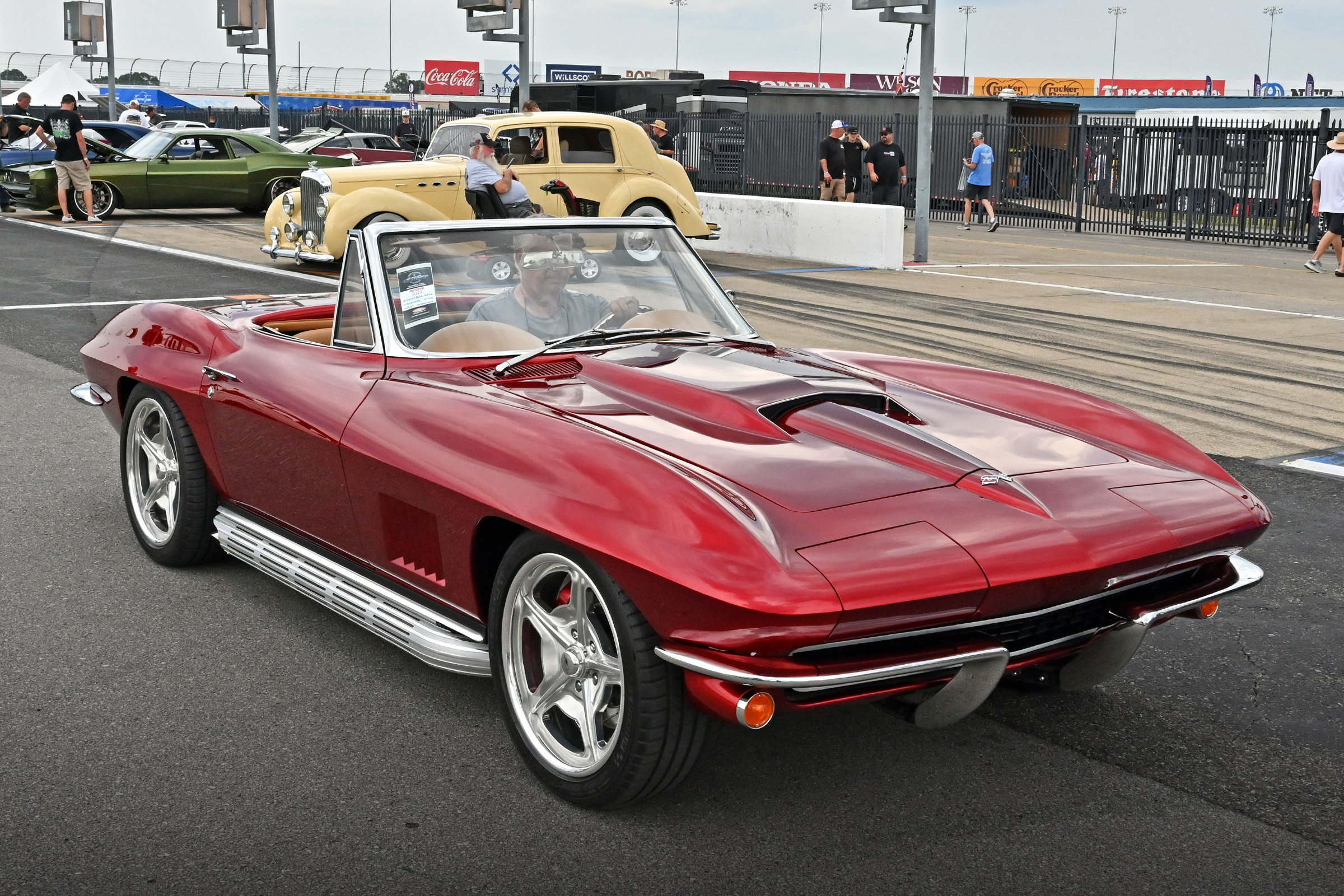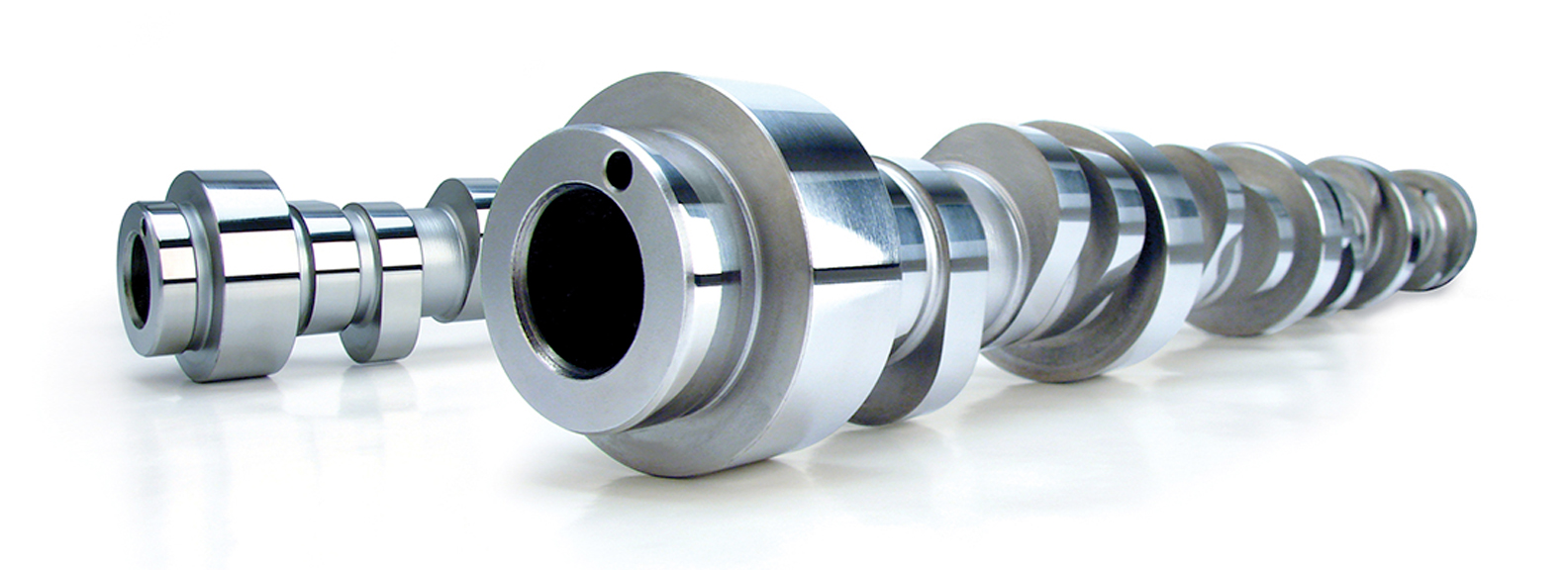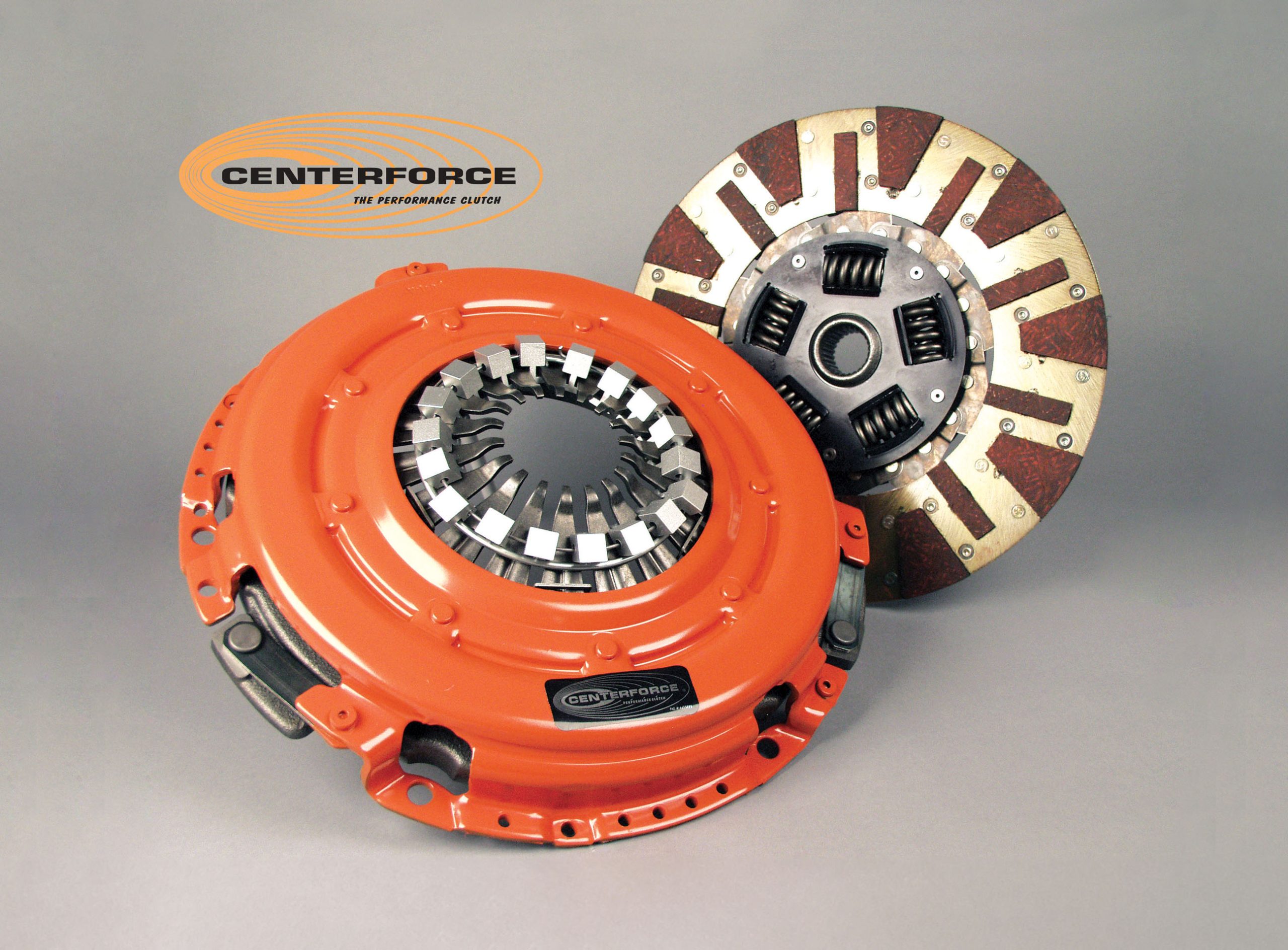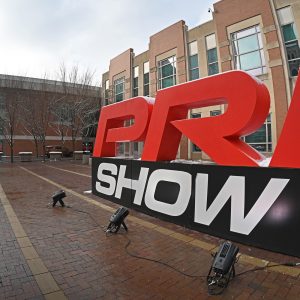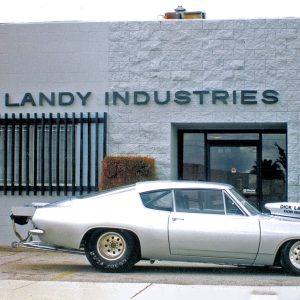The Beginnings of the Rebirth of an Original ’62 Fuel-Injected 327
Thirty-five years and $636 ago, we bought an 80,000-mile ’62 fuel-injected Corvette in Fresno, California. Sadly, the car had been stolen once. The fuel injection was gone as well as the T-10 four-speed transmission. A pair of bare 461-X heads was in the trunk. The engine was found to have a rocking rear cam bearing, which caused oil to shut off to the rocker arms at high rpm. At the time, the prognosis was that it could not be fixed, so the motor was replaced with a ’68 350hp 327. Since 1976, the car has been in storage, along with the original engine.
TIME TO FIX
If you have read stories and manuals on how to care for your engine–running or not–we hope you took all the advice given. Letting an engine sit with just water will eat away at the head gaskets and all of the bolt and block threads. The result can be coolant leaking into the cylinders and head bolts that can’t adequately be torqued to spec. These woes can happen to all, with some regularity. Heli-coils must then be installed so the bolt(s) can handle the torque psi.
 Having met Joe Sherman and done stories on his drag racing cars and engines over the past 25 years or so, we decided to take advantage of his vast Chevy engine knowledge last winter, when things were not so hectic. While talking, we mentioned our cam-bearing dilemma. Sherman deadpanned, “Gee, I haven’t seen a ’62 327 block in a long time. We can repair the cam bearing problem.” The shop turned silent, and the next noise was “ka-thunk.” After Sherman picked us up off the floor, we promised to bring him the #3782870 bare block on our next visit.
Having met Joe Sherman and done stories on his drag racing cars and engines over the past 25 years or so, we decided to take advantage of his vast Chevy engine knowledge last winter, when things were not so hectic. While talking, we mentioned our cam-bearing dilemma. Sherman deadpanned, “Gee, I haven’t seen a ’62 327 block in a long time. We can repair the cam bearing problem.” The shop turned silent, and the next noise was “ka-thunk.” After Sherman picked us up off the floor, we promised to bring him the #3782870 bare block on our next visit.
THE NEXT VISIT
We began talking to formulate a game plan. First the block had to be hot-tanked. All plugs were removed. Ironically, we both kept saying the same things, all of which encompassed precise block preparation. This included deck checking, tread inspection, crankshaft align-bore checking, main cap and bolt inspection, lifter galley inspection, oil galley inspection, fuel pump boss inspection and, finally, magnafluxing the entire block to check for any cracks or welds.

GOOD NEWS & BAD NEWS
The block passed inspection, but both 461-X heads had many cracks and ailments. While fixable at ultra-high cost, we decided to nix that idea for now due to budget constraints. Some readers may balk at the thought of not keeping a Chevy like this totally stock, but consider that it is not an NCRS concours car and never will be. It’s just part of the family, and we wish to enjoy it and then pass it along to sons and daughters in due time. A set of regular 461 heads will fit the bill. (Note: The ’62-’63 “X” heads have higher ports for better cylinder filling at high rpm. Every ’62 and ’63 fuel-injected Corvette had them brand new.)

THE PLAN
First, understand going in that this is an engine we plan to never disassemble again. Although we grew up drag racing on weekends in the ’60s, this engine will not be exerted beyond reasonable limits. We see no reason to keep the factory 11.0:1-compression ratio, as today’s pump gas is no match. Because we plan to take this car on long trips, using a gasoline additive is simply not affordable and terribly inconvenient. We do plan to use a forged or hypereutectic, short-skirt, 10.0:1 flattop piston.
The original Duntov “098” cam is okay, but it is ground for mechanical lifters, and its valve lift is low–at under 0.400 inch–by today’s standards. Horsepower will drop by 30 or so with the compression change, but it should rebound by 20 with a slightly hotter hydraulic grind camshaft. Further super-tuning and an ancient set of Hedman aluma-coated headers will definitely keep the power at or above the factory-rated 360 mark, not that peak horsepower matters today. We’re just feeding you our thoughts about the basic tech approach for our engine, to be considered as you plan your own personal engine modifications. Whether you have a Corvette, Camaro, Chevelle, Nova, El Camino, Monte Carlo, big car or pickup, much of what has been stated here can be of benefit to you, now or down the road.






